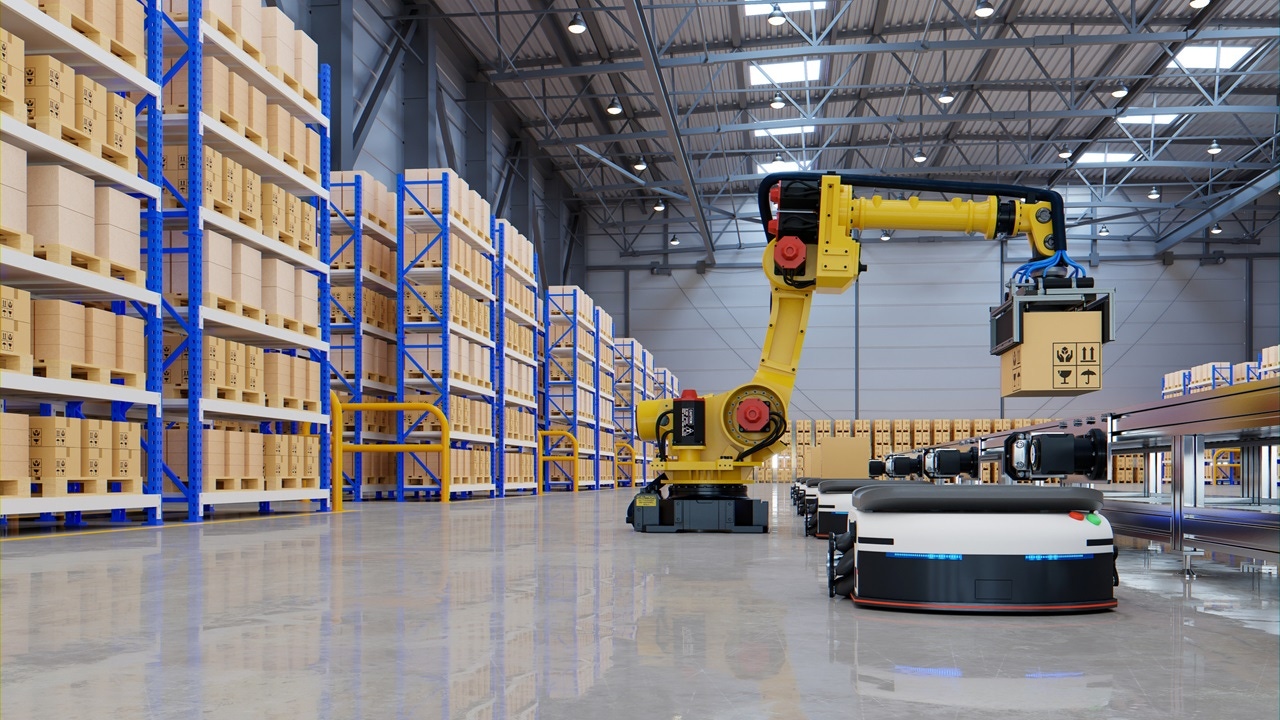
The integration of mobile robots and drones into supply chains is transforming industries, offering unprecedented opportunities for efficiency and innovation. As these technologies continue to mature, their strategic adoption will be crucial for maintaining resilience and competitiveness in an ever-evolving market.
Gartner’s Hype Cycle tracks the maturity of emerging technologies like mobile robots and drones over time. From the initial innovation trigger to full maturity at the plateau of productivity, the Hype Cycle helps illustrate how technologies often start with overhyped expectations, but eventually find their true value in the long run.
According to Gartner's latest Hype Cycle for Mobile Robots and Drones, the adoption of these technologies is accelerating as they mature, offering new opportunities for efficiency and innovation. Let’s take a closer look at key findings from this year’s report.
Transformational Technologies on the Horizon
The 2024 Hype Cycle highlights several innovations poised to deliver transformational benefits. Among these are humanoid working robots and autonomous vehicles, including trucks, which are expected to revolutionize industries. However, widespread adoption of these technologies is anticipated to take more than a decade, with notable variations across regions and sectors. These technologies promise to reshape business operations, offering unprecedented opportunities for efficiency and innovation.
In the nearer term, several technologies classified as highly beneficial are set to mature within the next two to five years. This maturation is creating a burgeoning market for mobile robots and drones, driven by growing competition, expanded use cases, and more companies now able to afford automation. As costs decrease, adoption is expected to accelerate, bringing these technologies into the mainstream.
Impact Across Industries
Mobile robots and drones are being applied heavily in several industries, with manufacturing leading the charge. Having industrial robotics and automated guided vehicles (AGVs) for nearly 50 years, manufacturing sectors, particularly automotive and high-tech electronics, are well-positioned to drive the adoption of these technologies. The most common use case is basic transport—moving items from point A to point B—across various payloads and vehicle sizes.
Logistics and warehousing, while trailing manufacturing, are also actively adopting robotics. Here, the diversity of use cases is broader, with companies deploying multiple types of robots for tasks ranging from unloading trucks to supporting picking, sorting, packing, and shipping operations. Collaborative picking robots and mobile goods-to-person systems are particularly popular, with hundreds of thousands of robots in use worldwide.
Drones, though slower to catch on in warehousing, are gaining traction in autonomous data collection. This involves using drones or robots equipped with data collection capabilities to independently capture warehouse data, freeing up human workers for more strategic tasks.
The Potential for Humanoid Robots
Humanoid robots represent an exciting yet challenging frontier in robotics. Designed to mimic the human form, these robots offer the potential for flexibility and adaptability in performing various tasks without reprogramming. While today’s mobile robots are proven and deliver expected value, they lack the agility, versatility, and adaptability of humans. This next generation of humanoid robots aims to bridge that gap, combining sensory awareness with mobile manipulation and dynamic locomotion to perform productive work previously relegated to humans.
Despite the promise, the technology is still nascent, with significant hurdles to overcome. Humanoid robots currently struggle with tasks requiring fine motor skills and high-speed navigation. However, as AI and robotics continue to advance, these robots are expected to evolve, offering the necessary cost, flexibility, adaptability, scalability, utility, and intelligence. The allure lies in their potential to transform operations, with advancements in AI promising a future where these robots could seamlessly integrate into supply chains.
Navigating the Robotics and Automation Landscape
For organizations navigating the automation landscape, the advice is clear: embrace robotics, even if you are a conservative adopter of technology. Mature and proven technologies offer low-risk, high-value propositions.
Start by mapping your processes and identifying high-priority areas for automation, such as truck unloading or picking. Break down these processes into individual steps and tasks to pinpoint automation opportunities and determine the appropriate technologies to address them.
Finally, build an organizational structure to support your long-term robotics journey. Establishing a robotics competency center can help manage education, knowledge gathering, solution identification, governance, and socialization. This ensures that all aspects, from contracts to cybersecurity, are addressed effectively.
By embracing these advancements, organizations can unlock new levels of productivity and pave the way for a more automated and efficient future.
About the Author
You May Also Like








